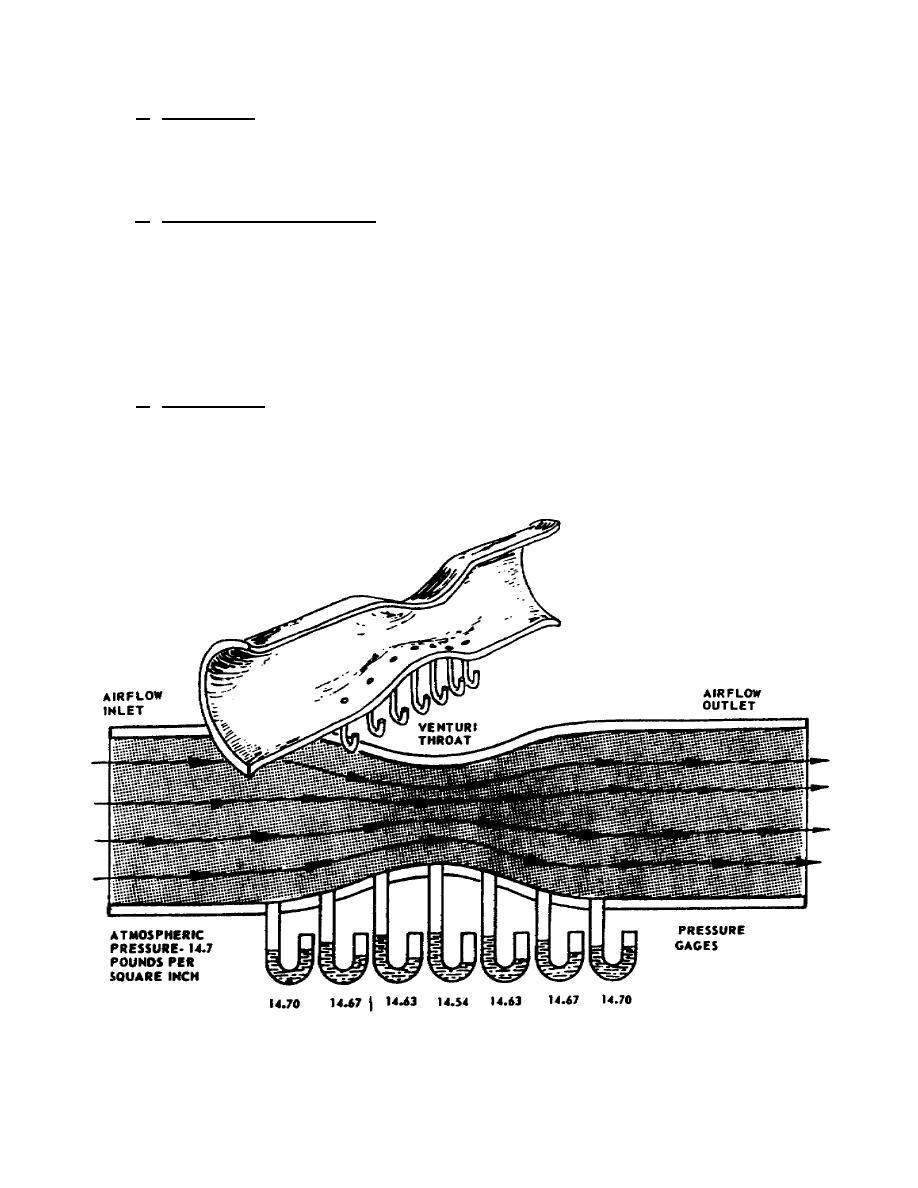
a. The first law. A body at rest remains at rest, or if in motion it continues to move in the same
direction with the same speed, unless a force acts upon it. To accelerate an airplane, for example, the
engine must deliver a thrust greater than the existing drag or resistance force. For unaccelerated flight,
the thrust must be exactly equal to the drag.
b. The second law (two parts). (1) When different forces are allowed to act upon moving
bodies, the rates at which the momentum changes are proportional to the forces applied. For example,
two forces are judged equal if they produce a change of momentum at equal rates. One force is twice as
great as another if it changes the momentum at equal rates. One force is twice as great as another if it
changes the momentum at twice the rate. (2) The direction of the change in momentum caused by a
force is that of the line of action of the force. For example, when a rope operates over a pulley, the force
is always combined with one or more auxiliary forces, resulting in the changed direction of the
momentum.
c. The third law. For every action there is an equal and opposite reaction. For example, a
propeller can bite into the air forcing the air rearward and thereby producing a force sufficient to propel
the airplane forward.
Figure 2.1. Venturi Tube.
8
AL0966



 Previous Page
Previous Page
